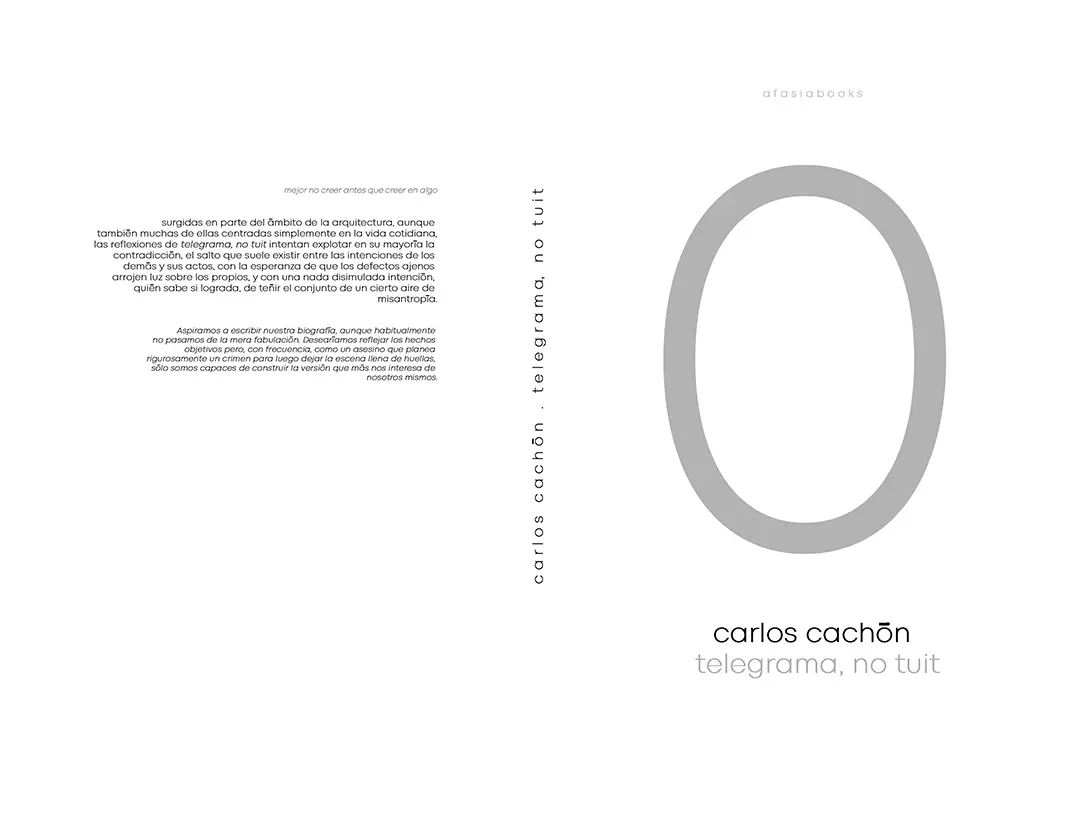
Comas-Pont arquitectes . photos: © Adrià Goula
The surroundings of the village of Riells are formed by the cliffs of Gallifa and the cliffs of Bertí, a rugged and calcareous terrain with reddish soils. The proposal intends to recover the old town for the citizen in dialogue with the surrounding landscape.
Its historic centre around the church of Sant Vicenç and the cemetery, both from the eleventh century, is paved with solid reddish brick recalling the tonality of the land of the cliffs that surround the town, managing to integrate the final image into the natural landscape and achieving a unitary whole around the church. A single platform is proposed to improve accessibility and return public space to the citizen. A new hanging lighting recalls popular festivals and its past as a summer village.
The square
The existing well in the square is recovered as the central point of the geometry of the new pavement, of the water’s collection and the location of the new fountain.
A linear bench runs along the church achieving rest areas without losing the versatility of the square, while solving the humidity problems suffered in the interior nave.
A new tree which dialogues with the existing fig tree at the top of the bell tower, provides shade to the living area.
The viewpoint
In the area of the viewpoint, the existing slope is solved by introducing a staircase-step, and a solid handrailing is proposed which hide the buildings of the lower terrace, enhancing the views of the cliffs of Bertí.
The project recovers an occupied space by vehicles in a space for the citizen, friendly and rested, which restores the quiet life of a village where children can play while their parents socialize and the elderly rest on the bench. A good neighborliness is promoted. It becomes a democratic architecture to be experienced by everyone and under equal conditions.
Three collective objects define the square and achieve a comfortable space: the bench (the rest), the tree (the shade) and the Fountain (the refreshment).
The natural elements are enhanced:
Water
The intervention recovers the memory of the place, discovering the historic walled well and converting it as the protagonist. The entire radial geometry of the square is concentrated at the midpoint of the well, while an extension of it integrates the collection of rainwater and the jet of water from the fountain without contaminating the well.
The land
The reddish soils of the surroundings solidify in the solid bricks of elongated format, introducing the landscape and its tones to the old town of the village.
This poetics of space achieves a sense of belonging to the place, with its landscape, its slow rhythm and the sounds of nature.
_
El entorno del núcleo de Riells está formado por los Cingles de Gallifa y los Cingles d’en Bertí, un terreno accidentado de calcárias con tierras rojizas. La propuesta pretende Recuperar el núcleo antiguo por el ciudadano en diálogo con el paisage del entorno. Su núcleo histórico, alrededor de la iglésia de Sant Vicenç y el cementerio, los dos del s. XI se pavimenta con ladrillo macizo rojizo recordando la tonalidad de las tierras de los riscos que rodean el pueblo, consiguiendo integrar la imagen final en el paisage natural y consiguiendo un conjunto unitario alrededor de la iglesia. Se propone una plataforma única para afavorezer la accesibilidad y retomar el espacio al ciudadano, y una iluminación colgada que recuerda las vervenas populares y su pasado de pueblo de veraneo. La plaza Se recupera el pozo existente en la plaza como punto central de la geometria del nuevo pavimento, la recogida de agua y la ubicación de la nueva fuente. Un banco lineal sigue la iglesia consiguiendo zonas de estancia sin perder la polivalencia de la plaza, a la vez que soluciona los problemas de humedad que subria la nave interior. Un arbol, que dialoga con la higuera existente en la parte superior del campanario, aporta sombra en la zona de estancia. El Mirador En la zona del Mirador se soluciona el desnivel existente introduciendo una escalera-grada y se propone una barnadilla maciza que oculta las edificaciones de la terraza inferior potenciando las vistas a los Cingles d’en Bertí. Espacios colectivos El proyecto recupera un espacio ocupado por vehículos en un espacio para el ciudadano, amable, reposado, que restituye la vida tranquila de pueblo donde los niños pueden jugar mientras los padres socializan y la gente mayor descansa en el banco, potenciando la buena vecindad. Una arquitectura democràtica, para ser vivida por todos en igualdad de condiciones. Tres objetos colectivos conforman la plaza y consiguen un espacio confortable: El banco (el descanso), el arbol (la sombra) y la fuente (el refrescamiento) Es potencian los elementos naturales: El agua La intervención recupera la memoria del lugar, descubriendo el pozo histórico tapiado y convirtienlo en protagonista. Toda la geometria radial de la plaza se concentra en el punto medio del pozo, a la vez que una ampliación de este integra la recogida de agua de lluvia y el chorro de agua de la fuente, sin contaminar el pozo. La tierra Las tierras rojizas del alrededor se solidifican en los ladrillos macizos de formato alargado, introduciendo el paisaje y sus tonos al núcleo antiguo del pueblo. Esta poética del espacio consigue un sentido de pertenencia al lugar, con su paisaje, su ritmo lento y los sonidos propios de la naturaleza.















